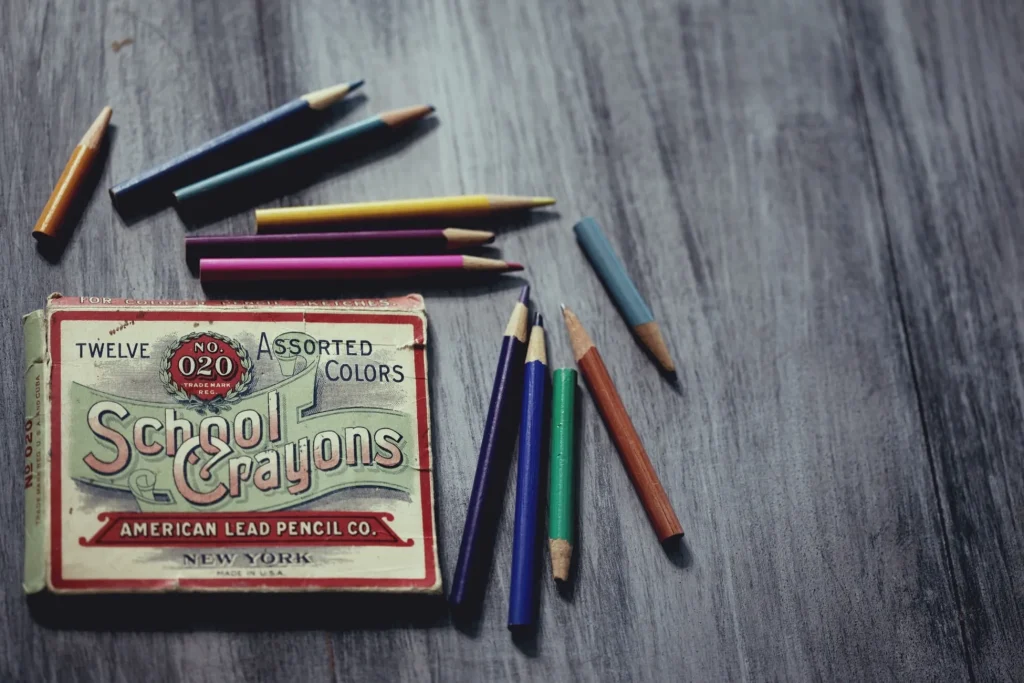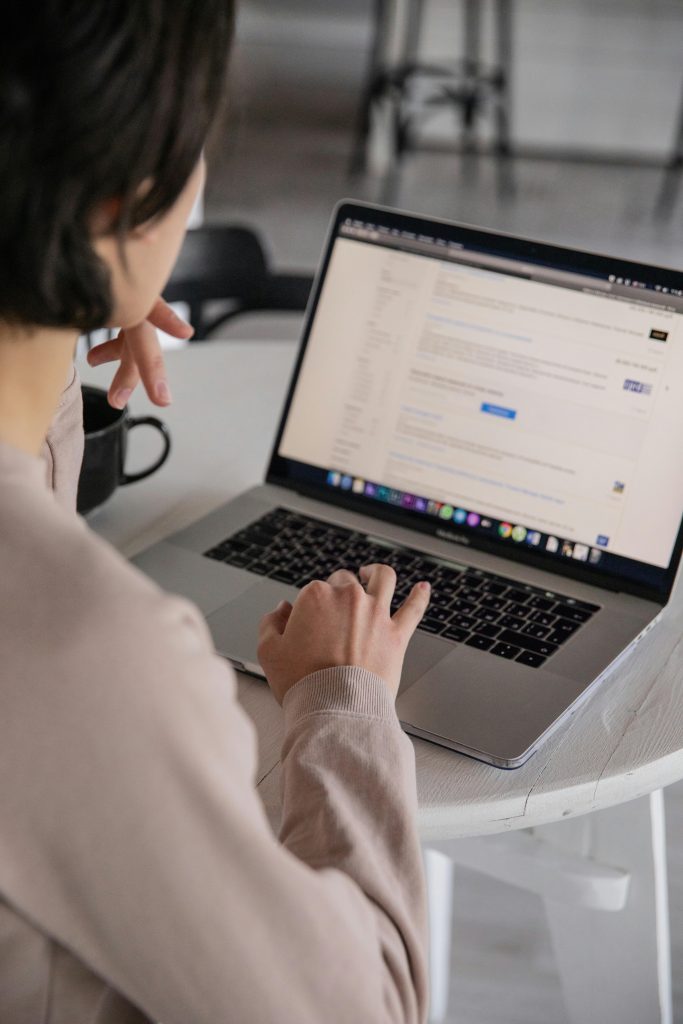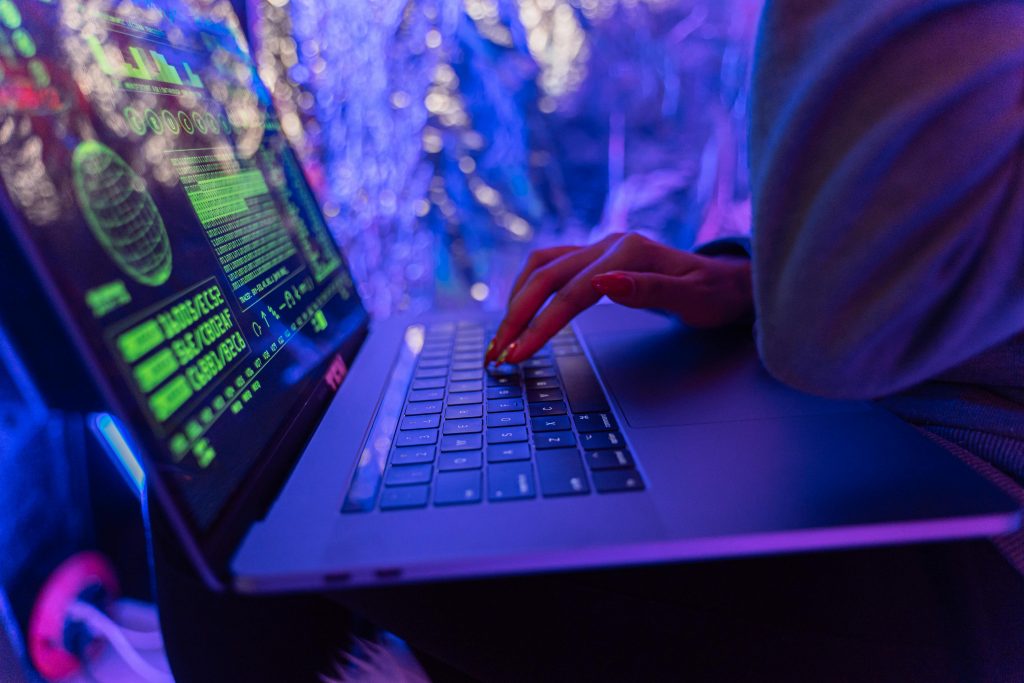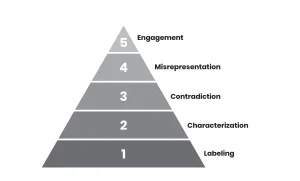‘Tell me and I forget, teach me and I remember, involve me and I learn.’[1] We have all heard the adage, so much so that it is often dismissed as a cliché.
While most of us know this statement and agree with the philosophy behind it, the reality is that very few teachers and schools genuinely involve students in learning and make education active. Despite John Dewey’s urging over a century ago to embrace experiential education and abandon the model of students being passive receivers of learning, the ‘expounding’ approach persists.[2]
This was not always so. Prior to the Industrial Revolution almost all education was an active experience, where teaching was primarily done in the apprenticeship mode. The master (or in many cases parent), would demonstrate a skill, model it to the student, then give the student a chance to try it for themselves with input and coaching until the student achieved proficiency.
The paradigm for learning that has dominated education since has centred on teachers expounding content in a didactic style. This paradigm emphasised the role of the teacher delivering content and the student listening hard, writing fast and remembering well.
This method is far from effective. A recent study found that 46 per cent of today’s students forget the information they have memorised for a test immediately after a test is taken. Put simply, students are routinely learning to forget rather than learning to learn.[3]
This is supported by David Sousa who argues in his book How the Brain Learns, ‘Teachers spend 90 percent of their planning time devising lessons so that students will understand the learning objective. But to convince a learner’s brain to persist with the objective, teachers need to be more mindful of helping students establish meaning.’[4]
Particularly as students often struggle to see the relationship of their textbook work with the real world, remembering content long-term simply is not viable. It is a common complaint of students, particularly in maths classes, ‘I am never going to use this in real life’, and according to their educational frameworks, they are probably right.
OECD’ Director for Education and Skills Andreas Schleicher powerfully describes the need for a change to experiential learning and the form that such a change could take: ‘The past was about received wisdom, the future is about user-generated wisdom. The past could be isolated – with schools designed to keep students inside, and the rest of the world out. The future needs to be integrated… so that learning is connected to real-world contexts and contemporary issues.’ He goes on to explain that learning needs to be project-based rather than subject-based, collaborative rather than hierarchical, and personal rather than generic.
Higher education has done well to implement these kind of approaches across many degrees, with institutions like the University of Sydney requiring that students in double degrees complete a collaborative project, whereby they partner with a business and with students from other disciplines in order to solve a real world problem.
This is mirrored in many schools with experiential learning being embraced across many different schools. One of my favourite examples of this approach came from a mathematics teacher I spoke with at a conference a number of years ago. This particular teacher had been struggling to get his grade 9 class to grasp the concept of ratios. In a bold move, he took his class on a lesson-long excursion to a nearby horse-racing track. He described the moments of realisation as, one by one, the students understood ratios, not because of a theoretical framework, but because they could see how ratios worked and why they were relevant in real life. As this teacher described it, the class grasped more in that lesson at the races than they had in three weeks of classroom learning.
In a similarly inspired example of making the learning experience tangible for students, consider the example of an eighth-grade history class at Ben Franklin Middle School in Fargo, North Dakota. In a class unit devoted to local history, rather than simply reading about local heritage buildings, the students got out of the classroom, interviewed locals, did their own on-site research and even produced short videos telling the story of key landmarks in their town. The videos were so well received that an offer was made to create QR codes that would be placed on tourist information signs around Fargo so visitors could watch student videos on their phones as they strolled around the CBD.[5]
While getting outside the classroom is powerful in making the learning experience tangible, setting hypothetical scenarios and role playing can be equally effective. Rather than learn the concept of an ecosystem, biology students could be responsible for creating a solution to the destruction of the ocean that will assist various interdependent species. Rather than recite concepts of business operations and management, students of business studies could be a committee responsible for developing policies to make a new factory functional.[6]
It is here that the renewed role of teachers becomes clear. Rather than remain the classroom’s absolute authority and fount of all knowledge, teacher’s in these contexts become the guides of learning. They could become a character in the scenario, which keeps it flowing by presenting new problems.
Beyond this, this kind of learning requires the kind of personalisation that only an attentive teacher can offer. For example, the famed Reggio Emilia approach to pedagogy centres around personalising learning around the interests of a student and empowering individual and collaborative work. Educators work the curriculum around the various ways of thinking, learning and expressing found in students, the framework pays attention to the ‘hundreds of languages of children’.[7] Having worked with countless schools that have implemented approaches like this, I can attest to just how powerful and practicable they really are.
Teachers that partner with students in learning that is grounded in the real world give children the best chance at developing the abilities the future will require of them. Particularly in a world that is changing as rapidly and dramatically as our has in the last 12 months, the workers and leaders of tomorrow need to be equipped with the skills of thinking collaboratively, originally and practically. What better way to build such leaders and workers than by involving them while they are still students in the world that awaits them.
______________________________________________________________________
Michael McQueen is a trends forecaster, business strategist and award-winning conference speaker.
He features regularly as a commentator on TV and radio and is a bestselling author of 8 books. To order Michael’s latest book “The Case for Character”, click here.
To see Michael speaking live, click here and for more information on Michael’s speaking topics, michaelmcqueen.net/programs.
______________________________________________________________________
[1] McWilliam, E. 2008, The Creative Workforce, UNSW Press, Sydney, p. 95.
[2] Bellanca, J. 2015, Deeper Learning – Beyond 21 st Century Skills, Solution Tree Press, Bloomington, p. 113.
[3] McCrindle, M. 2009. The ABC of XYZ, UNSW Press, Sydney, p. 112.
[4] McCain, T. 2005, Teaching for Tomorrow – Teaching Content and Problem Solving Skills, Corwin Press, Thousand Oaks, p. 24.
[5] Dintersmith, T. 2018, What School Could Be, Princeton University Press, Oxfordshire, p. 28.
[6] Bellanca, J. & Brandt, R. 2010, 21 st Century Skills, Solution Tree Press, Bloomington, pp. 185–193.
[7] Shirley, D. The New Imperatives of Educational Change, Routledge, New York, p. 124.










